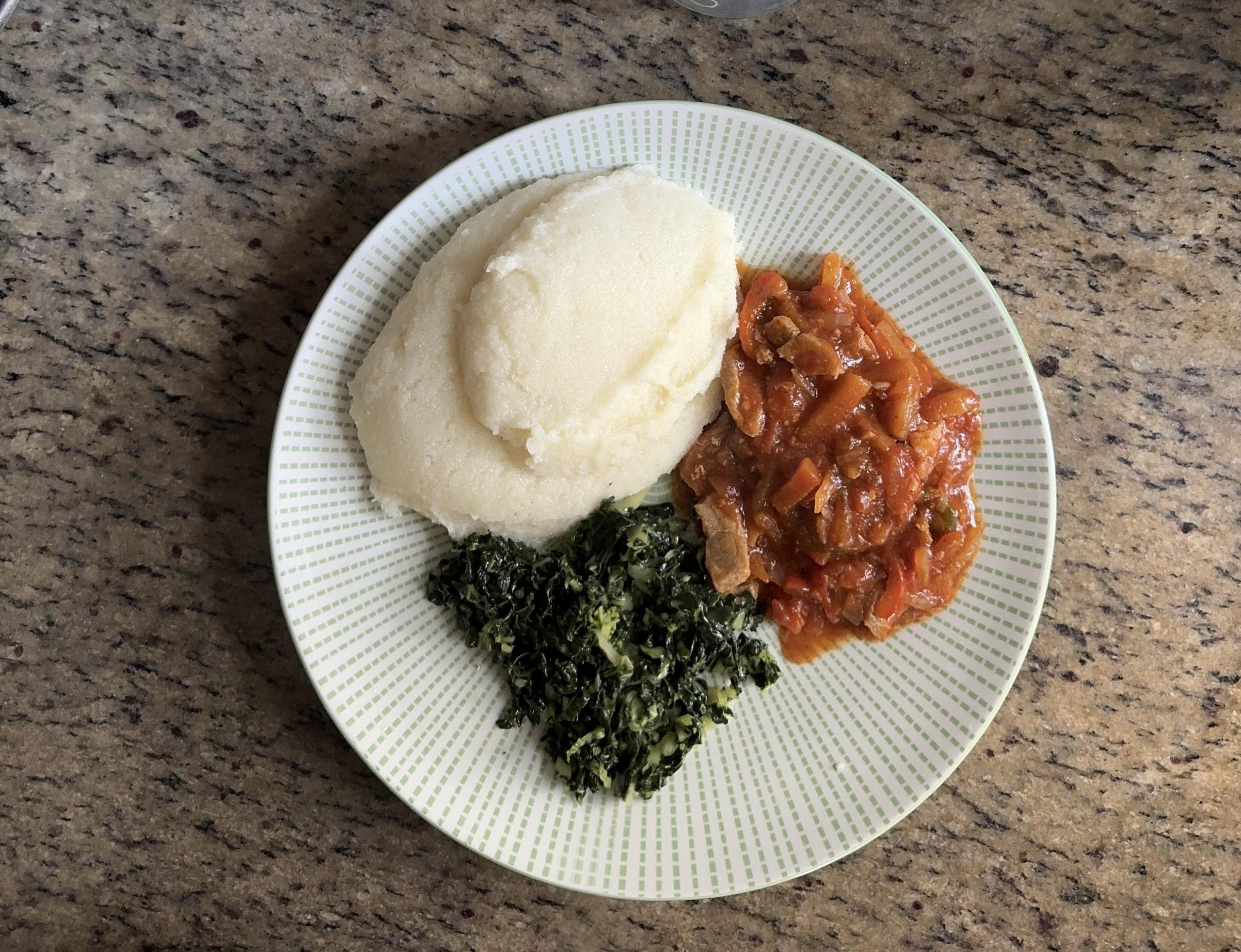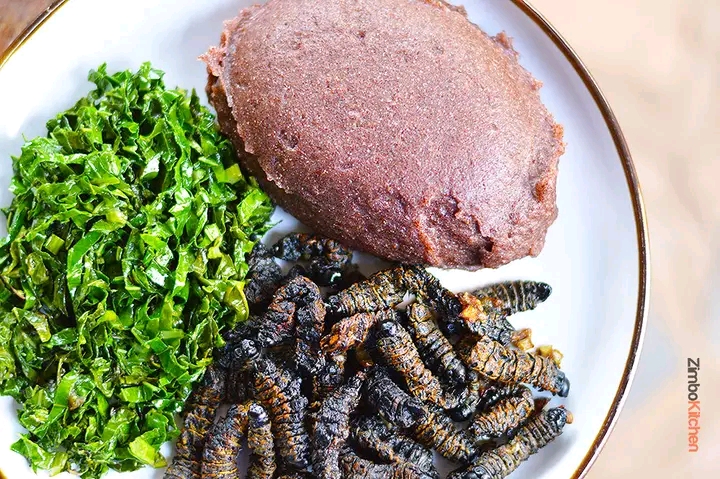Sadza, a staple food in Zimbabwe, has a rich and fascinating history that spans centuries. The origin of Sadza dates back to the 16th century when Portuguese traders introduced maize to Africa. The crop quickly gained popularity, and the indigenous people of Zimbabwe began to cultivate and process it into a fine flour, which they used to make a thick porridge – the precursor to modern-day Sadza.

Traditionally, Sadza was prepared by pounding maize meal into a fine flour using a mortar and pestle. The flour was then mixed with water to create a thick paste, which was cooked over an open fire. This labor-intensive process was often a communal activity, with family members and neighbors gathering to help with the preparation. Sadza was, and still is, a cultural staple in Zimbabwe, served at every meal and holding significant cultural and symbolic importance.

Over time, Sadza has undergone various transformations, with different regions and cultures adapting the recipe to suit their tastes. Variations of Sadza can be found throughout Southern Africa, with some recipes incorporating ingredients like peanut butter, meat, or vegetables. Despite these changes, Sadza remains a beloved and integral part of Zimbabwean cuisine and culture, with its rich history and significance continuing to captivate and inspire new generations.
Dandaro Online, Zimbabwe Did You Know






